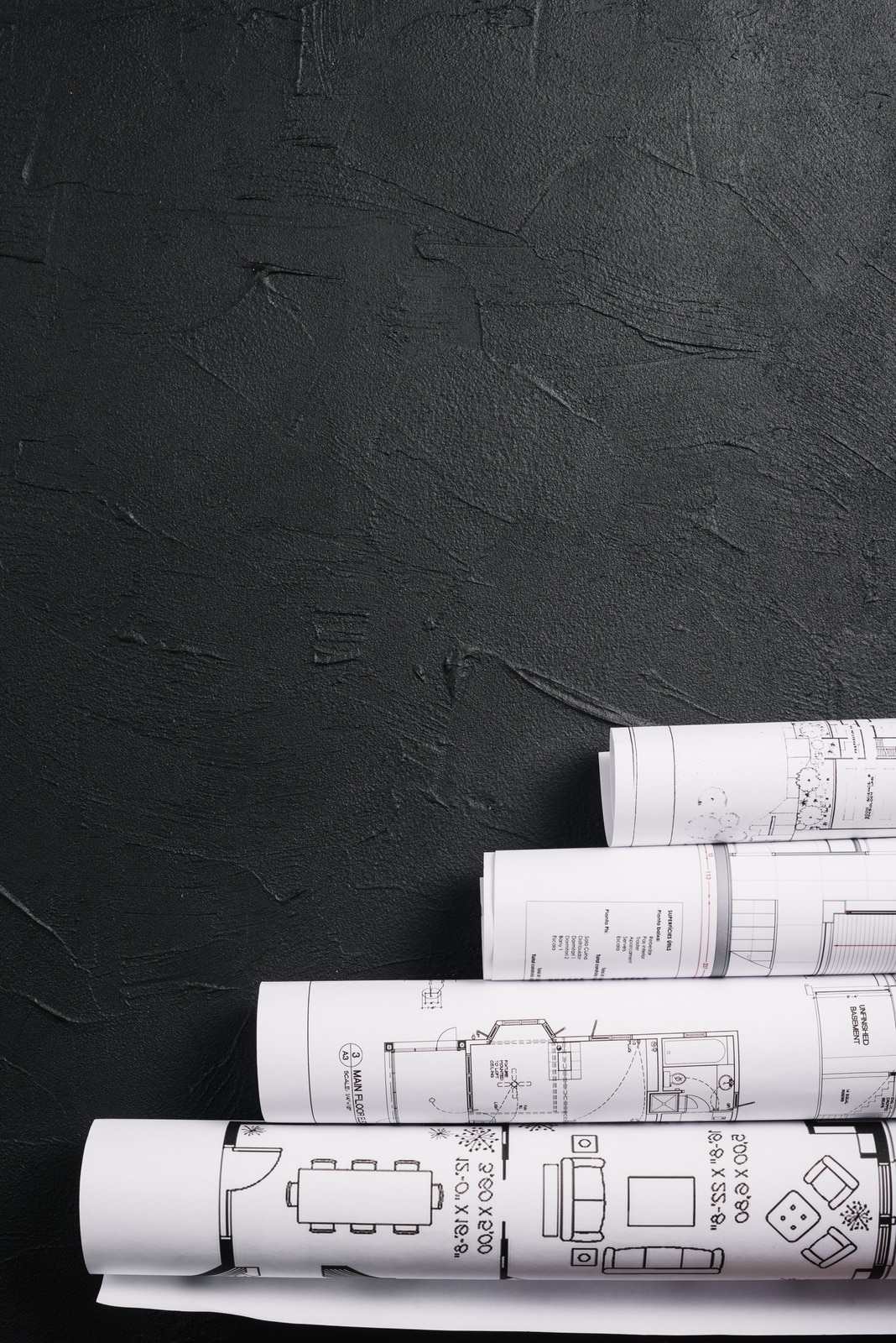The primary hurdle to all things in life is the fear of failure, especially when it comes to first experiences.
And like all other things, pursuing architecture too is no exception to that situation.
It’s a hard fact that landing an architecture job is often a tough cookie to crack. And without any professional experience in the field to go on your resume, the challenges to even apply for the job could be manifold.
Now, although you could get yourself enrolled in internships for that matter, the whole process of following the stream does take an incredibly large amount of time and financial investment.
What you should understand over here is that the traditional term “intern” can encompass several different meanings to the word concerning what you may have to pursue before you can apply for a job in a field of applied arts and science such as this one.
However, in the next few sections, we are going to discuss a few essential tips and tricks that may make the process of bagging an architecture job, comparatively easier, especially if you have no prior experience.
How To Get An Architecture Job With No Experience

-
Prepare an extensive “brag sheet ”
A “brag sheet” is absolutely what it sounds like. And that is a list of literally all that you could brag about yourself that make you a potential employee for that company.
It is a given in any situation that before presenting yourself anywhere or confidently making claims about your capabilities, you really have to take the time out to sit and think about what and how much exactly are you capable of.
Preparing a brag sheet no only is a way for your employer to identify you as a suitable candidate for the job, but it also helps you know more about your potential.
Keep in mind that this is especially crucial for a candidate with little to no experience because you would have to hold on to this list of all that you know and very confident when being interviewed.
Apart from your capabilities, you would also have to list all your professional projects, no matter how small they had been, even including all your freelance gigs, if you’ve had any.
The whole point of this is to acquaint your employer with your abilities to handle different kinds of jobs that may signify your potential in handling the type of job that you’re required for.
For instance, if you’ve been proficient in graphically representing an architectural design, even if that had been for an entirely different job, then you stand a good chance of being hired for a post in architectural designs.
You will require to leverage the experience that you have gained in unrelated areas such as academic qualifications and work, teamwork from (suppose) restaurant job or, any building experience from construction, etc.

How to create the “brag sheet”?
Your “brag sheet” though reflecting the feathers in your cap, should yet be humble tone and comprehensive in its approach for the employer or interviewer. The language should be easy, and you will have to maintain a particular format of letter for that matter.
To make it even simpler for you to understand, we have included a specimen right here containing all that you should include in your brag sheet. We hope that you could get a better idea of the whole thing.
- A list of every single job you have ever had- It doesn’t matter if these projects are related to architecture or not. Do list all that you have ever pursued professionally.
- List every project that you were ever involved in or undertaken- This will include school projects and professional ones alike.
- Every degree that you have- academic, professional, extracurricular, everything!
- Every professional qualification you possess or have ever possessed.
- A list of all continuing education class or seminar that you’ve attended
- Every professional affiliation that you are or have been a part of
- All drafts of drawings, sketches, models, etc. that you have created
- All the places you have lived or visited
- All sorts of volunteer or charitable work you have done or had participated in
- Every rendering or Photoshop work
- All design competitions
- And finally, you could briefly mention any challenges or problems you have solved in practical life that you’re proud of.
Do not resort to boasting of any sort. Make sure it is neat and straightforward without ornamentation.
What to do next?
As you go on making a list of all that you have achieved and can achieve, you’ll be surprised to know how much you’re capable of. This significantly contributes to boosting your self-confidence, even if you have recently graduated with no prior job experience. Your brag sheet should be kept and maintained as a personal resource, and it should also be continually updated.
Once you’re done making it, read through it once well and memorize all of those experiences or events that you find the most relevant. The experiences that you shortlist this way will form the base for your resume to be built upon.
For instance, if you have had the experience of working on some notable or interesting project, then that can be the highlight of your resume. Or, even if you have helped an acquaintance to build or refurbish houses on weekends, that could count as an effective skill on your resume.
Creating a resume from scratch could be a lot of work and hassle indeed, but it does give you the scope for creating the perfect resume for the kind of job and position you apply for, without unnecessary information.

-
Get a recommendation from an expert
Getting a recommendation from a professional on your resume is like getting a direct advantage over all other and a potential shot of getting selected directly on the spot. It is in a way like Thor’s Mjolnir that never misses its target!
With that being said, you do have to understand the immense effort that could go behind securing a recommendation. You may run by whatever contacts you have and all of your acquaintances who had once promised to help you. But, there is a high chance of missing that out just at the very time when you need it the most.
Now, it all might just seem so unfair that you are even expected to have a recommendation even when you’ve just graduated fresh out of college.
However, in fields such as architecture or designing do this to ensure that the prospect candidature is doubly checked, tested, and recommended by someone of sound knowledge and recommended. It builds a bond of trust between the employee and employer easily.
To go about this correctly and to ensure a foolproof method of securing a recommendation is to seek it before the rush hour. No matter what, you will have to figure each of moves out when there’s still time left to strategize. Locate the people who could recommend you and confidently present your best self. Remember, that even the approval for a recommendation could be as harrowing as the real interview and you should, in no way, come across as being desperate.
Pro-Tip
One of the ways that you can efficiently increase your chances of getting a recommendation is not looking in just one place. You could, in fact, start by sending out several messages on LinkedIn. You could try the different message templates on the portal, out of which some could work really well for you, increasing the rate of your responses by even 50% if you play your cards right!
You never know what contacts you can possibly end up pulling or creating a network if you just dealt cleverly with your existing social contacts.
By systematically following the track, you can actually stand out in the following areas:
- The emails that you send out
- The way you go about with your queries and questions for them
- Your CV and cover letter
- The architecture studios that you might be considering
- And finally, your interview, your body language and the answers you give

-
Leave no stone unturned in your research and interview preparation
When it comes to interviews, the first thing that strikes us is an immense amount of anxiety. This is absolutely natural as one can hardly anticipate the kind of questions they might be asked.
However, what you can do in this situation is to find out everything about the company you’re applying in before you sit for an interview with them.
Research is the key to opening the trickiest locks in this field. And that should always be followed by thorough preparation for the interview. And if your research is on point, then that is what you should turn into a foundation for your interview preparation.
One of the things that you can do in this situation is to get acquainted with the people who work there. There could be no one better than an employee of the company itself to consult with on this subject. Because an existing employee of the company will provide you with the crucial insight into the problems and challenges that you may face regarding getting placed over there.
Take notes and consider making frequent visits to get acquainted with the establishment through and through. After that, prepare all of the questions that you may guess they may ask you. And, you then proceed to think of the best way you could answer them.
An excellent way to do this is getting a friend over and doing mock interviews to know exactly where you stand in your preparations.
Writing up a short essay on the things you consider important for the interview could reflect your sound knowledge about the company. But, it can be a challenge to make your essay error-free, today though you can find a corrector or essay writer portal to get your short essay checked and reviewed rapidly and effortlessly; the most important aspect however is to make the tone is yours and your personality is present in the write up.
Pro-Tip
Consider video recording your mock interviews so that you could go over the best parts of it to know your potential as well as the not-so-good ones so that you can rectify them in time.
Watch these interviews over and over again and analyze your strength and mistakes.
Make a mental note of all the typical questions that the interviewer could ask.
Video recording your mock interviews will also allow you to work on your body language and confidence.
Remember, even if you put three times the effort in your preparation, you’ll reap thirty times the benefits of it.

-
Keep faith even if you land small for the time being
It may so happen that although crack the interview, you may not be placed at the position you had hoped for but something subordinate to it. Also, you may just have to start small to begin with, working for a much smaller agency or brand, for that matter.
In such situations, all that you should do is not lose hope or sight of the thing that you had aimed for, but to take whatever is being offered to you at that point of time, and take it to be a crucial stepping-stone to the desired position.
These experiences will add substantial value to your resume and increase your chances of bagging the job at the next go!
The community of architects is a really kind and close-knit one. Even if you do not get the position, do ask them if there’s someone else looking for help. Chances are that they’d themselves recommend you to that someone whom you could work for.
-
Be very specific and confident
Speaking to impress is one thing, and being sharply to the point is entirely another. And in an interview for an architectural position, the latter’s confidence and straightforwardness will almost always trump over the former’s faltering, shaky attitude.
When you are specific about what exactly you want to derive from this job and in turn have to offer, you save a lot of time for the person going through your application.
This kind of confidence shows that you have sincerely done your homework concerning the available position. It also shows that you are not waiting for anyone to find work for you, but that you have already clarified and defines what you want your job to be in advance. It reflects your integrity and sincerity to your work.
When you know what you want, it becomes much easier to connect with all kinds of people and architecture studios.
-
Think big and keep track of all opportunities
Several medium-sized and large architecture firms offer internship programs around specific times of the year. These usually have their deadlines in spring, and you would want to keep yourself updated with the dates at all times. Keep an eye on the offers and their openings.
Students usually wait until they are done with their classes to apply for these projects. But, it is advisable to not wait till June since by then it may be too late.
Interns undertaking these projects usually work full-time during the summers. At times, part-time internships could be available during the school year. All of these internships are paid, and academic credit is also available, depending on the school’s curriculum.
However, opting for an unpaid internship should be considered a last resort.
Pro-tip
You add considerable value to your resume by continuing a full-time summer job to a part-time position. And if you have spent the last couple of college years working part-time, it improves your chances of landing an awesome job at graduation.
Conclusion
And that was it for our guide on landing an architecture job with no experience. Although it may seem difficult at first, it does get better given you develop your approach for applying for the post accordingly. And that is precisely what we have striven to help you with.
We wish you all the best of luck for your future endeavors!
Till next time!



